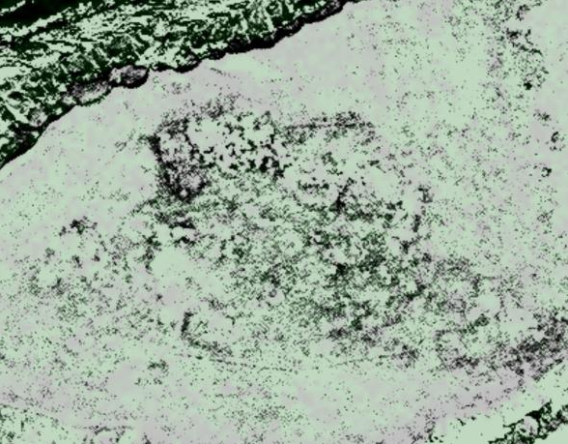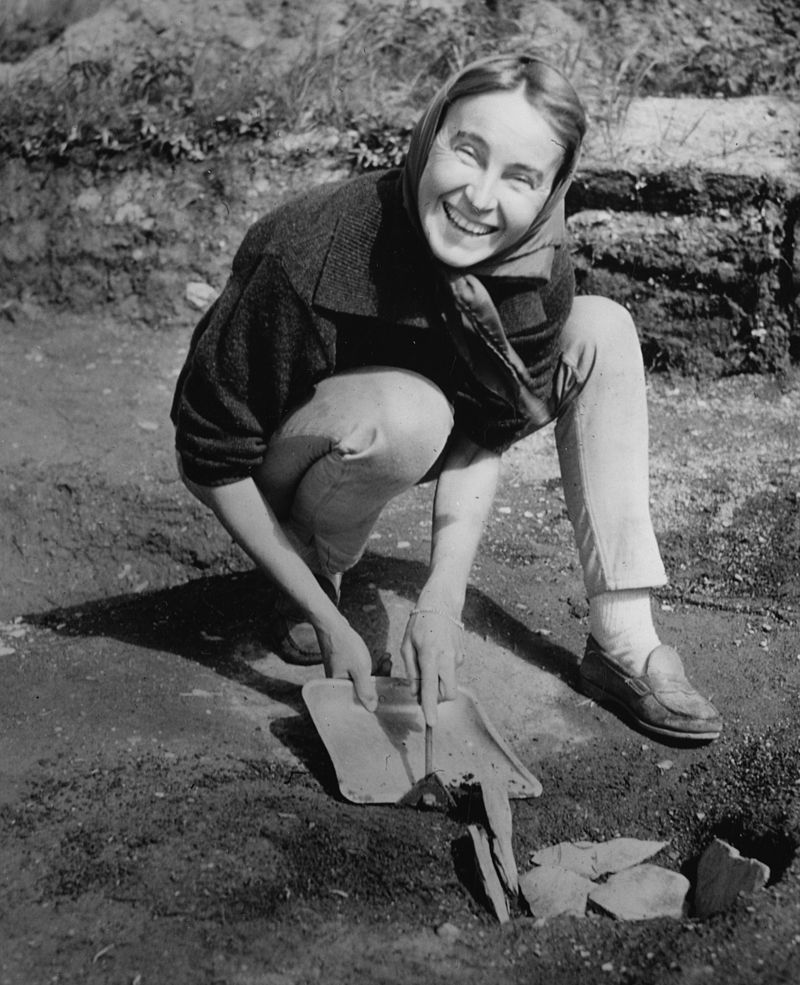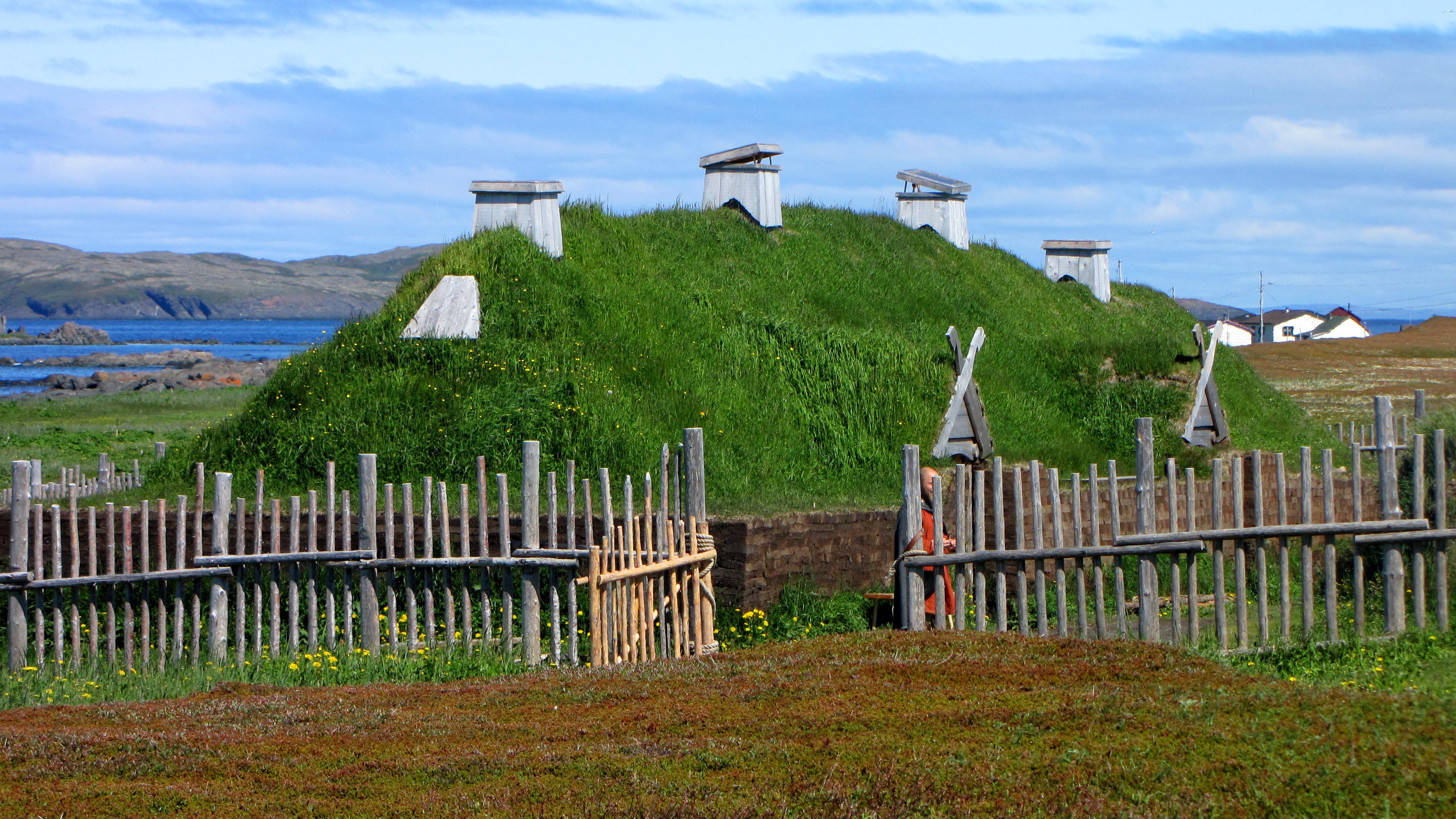Iron in Newfoundland Puts Another Nail in the Coffin of the Columbus Myth

A “space archaeologist” thinks she has discovered more evidence at Point Rosee, Newfoundland of European settlement in North America over 500 years before the man who gets credit for that feat in popular history. Christopher Columbus even has a holiday named after him on the false pretense of being first.
Many Indians who are not Arawaks or Caribs or even near salt water do not respect the slave mongering, thieving, murdering Christopher Columbus. The one good thing about “Columbus Day” is the yearly reminder that the man was a villain and the “accomplishments” claimed for him are illusory.
Columbus was not the only person who understood the earth to be round rather than flat. That knowledge was mainstream among the minority of educated Europeans and had been since Aristotle.
RELATED: Celebrating Columbus I: The Myths Behind the Man

Columbus was not the first European explorer in North America and he did not make the first attempt to colonize. Indians knew that. How do you think the rare blue eyes got in the gene pool up in what is now Canada? I’m guessing that when the French and English started showing up, they didn’t think to ask if any other white folks had passed that way.
The Norse people, like Indians, have rich oral traditions and the sagas—written in Old Norse but thought to be records of oral traditions—told of Vikings roaming North America long before the confused Columbus fetched up on a Caribbean island and thought he was in Asia.
In 1960, scientists turned up the ruins of L’Anse aux Meadows, a settlement near the northern tip of Newfoundland dating from approximately 1000 C.E. The discovery was credited to Helge and Anne Ingstad, a husband and wife team of Norwegians brought to the site by locals who referred to the ruins as “the old Indian camp.” This narrative contains a double irony, that modern “Norse” are credited and that the ruins were taken to be Indian.

If the Vikings showed up over a thousand years ago, that means they touched the Americas long before Columbus. Digs in the general vicinity of L’Anse aux Meadows showed that indigenous North Americans inhabited the area and left evidence dating back 5,000 years. “Discovered” is not exactly the correct term for the relationship of Europeans to the Americas.
L’Anse aux Meadows showed a European settlement, but one that was occupied only briefly and was nowhere near enough to account for the sagas. It should have been more substantial, occupied longer, and there should be at least three locations. The sagas tell of three places with distinct descriptions: Vinland, Markland, and Helluland.

The sagas were originally oral and therefore get less respect than written records, but the sagas telling of events in other parts of the world have been reasonably reliable. To the extent we credit oral history, it’s worth mentioning that Greenland Inuit communities have oral traditions first written down in the 19th century that tell of their ancestors visiting a rich country across the ocean, leading to the question who discovered whom?
As to the locations of the three Norse settlements, there have been items identified to the correct time and approximate place found as far south as what is now Maine. However, the provenance of items such as the “Goddard coin” (minted in Norway, 1065-1080 C.E.) has been too uncertain for reliable conclusions. There is no way to tell whether an artifact comes from Norsemen or Indians who acquired it from Norsemen.

Last year, a scientist of a kind that didn’t exist when L’Anse aux Meadows was discovered in 1960 weighed in on the mystery.
Sarah Parcak is a “space archaeologist,” noted for using satellite data to uncover lost buildings in the Egyptian desert. When she detected an anomaly located several hundred miles south of L’Anse aux Meadows, she was able to snag grants from the nonprofit foundation TED (“Technology, Entertainment, and Design”) and the National Geographic Society to take a look.
The major find was a stone hearth used for working iron. There were pieces of charcoal and 28 pounds of slag, residue from “roasting” of bog iron ore. Bog iron was critical for Norsemen because they did not regularly mine ores of lesser iron content and they required iron for nails used in ship construction and for weapons (among less critical uses).
Dating of the new find at Point Rosee, in southern Newfoundland where it curves into the Gulf of St. Lawrence, is not complete. It took seven expeditions to date L’Anse aux Meadows. If Point Rosee pans out, it renders the existence of other settlements virtually certain and shows that Indians discovered Norsemen over 500 years before they discovered Columbus.
Read more at http://indiancountrytodaymedianetwork.com/2016/04/02/iron-newfoundland-puts-another-nail-coffin-columbus-myth-164003